#Lennusadam harbor
Photo
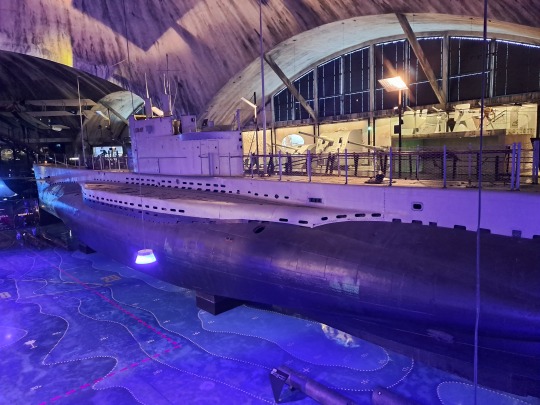
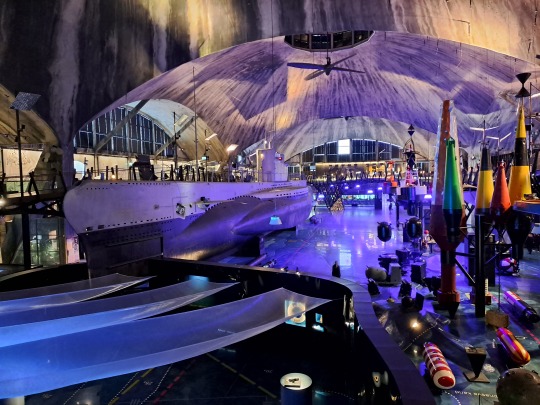
EML Lembit is one of two Kalev-class mine-laying submarines built for the Republic of Estonia before World War II, Lennusadam (The Seaplane Harbour), Tallinn, Estonia, December 6, 2022. Photo by D.P.
#Estonia#EML Lembit#Tallinn#Lennusadam harbor#submarine#naval history#european history#original photography on tumblr#museum#Baltic States#Northern Europe#road trip
42 notes
·
View notes
Photo


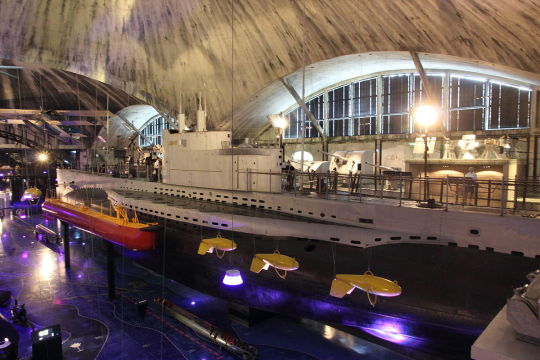

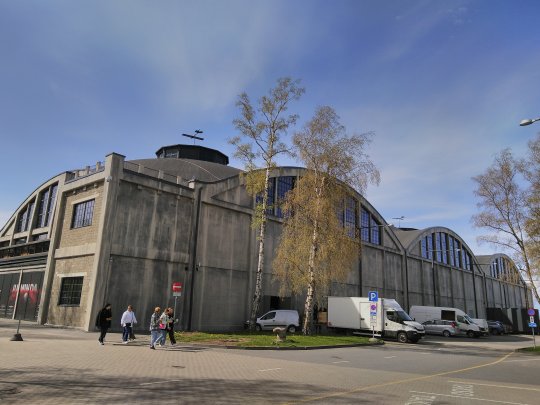
Lembit: a submarine like a pre-WW 2 time capsule
This post is a little different in various ways: it is about a military ship (stretching the definition of “infrastructure”), it touches on political history and most importantly, it is the first time I could visit the subject of a post myself and take some photos of my own. This was made possible due to an internship at the Estonian Maritime Museum (Eesti Meremuuseum) which allowed me to see one of the highlights of the museum for free, the submarine Lembit, wonderfully preserved and mostly restored to its original pre-WW 2 interior.
Until it was carefully lifted out of water in 2011 and turned into a museum ship in the Lennusadam (Seaplane Harbor) part of the Estonian Maritime Museum, it was the oldest submarine still afloat, having been custom-built in 1935-1936 in England and in 1937 taking part in the coronation naval parade of King George VI before being transferred in the same year to the Republic of Estonia to patrol its long coasts and train sailors. It is the only boat of its pre-WW 2 navy that remains intact, having survived WW 2 (unlike its sister ship Kalev, after which the this class of submarines are called Kalev class submarines) and the years of German and Soviet occupation during and the Soviet occupation after it. After the regaining of independence of Estonia in the early 90s and before becoming an exhibition object, during 1992-1994 it oversaw the departure of former Soviet troops that the occupiers had stationed in the country. (For more historical context, see the Wikipedia article on the history of Estonia)
Visiting the submarine is a bit like traveling back in time, aside from some modern lighting, a few loudspeakers and some protective glass the submarine is still largely how it was during its early years of service in the late 1930s, with most of the Soviet alterations (such as a training pool installed in it at one point) removed during restoration works in the 21st century. The new resting spot in the museum not only makes it possible to view the submarine from unusual angles that would usually require diving, but also protects the vessel against further corrosion.
Built by the Vickers-Armstrong Ltd. company in Britain by British workers and Estonian naval personnel under the (according to contemporary British statements) enthusiastic oversight of Estonian experts, the submarine has a number of special features. It was able to move through thin ice, which was needed due to large parts of the Baltic Sea regularly freezing over during the winter.
Furthermore, it could lay special mines designed in Estonia, possesses an anti-aircraft gun manufactured in Sweden as well as a machine gun, and, unusually, could fire two types of torpedoes, which were measuring 5.86/7 m (19.2/23 ft) in length and weighing 910/1565 kg. Eight could be on board in total, stored in the room at the bow (the front) of the ship, where also a majority of the personnel slept (16 out of 29-30, not counting officers).


The ship itself is 59.5 m (195 ft 3 inch) long and could displace 665 tons of water when surfaced and 853 tons when submerged. Next to the torpedo room is the saloon of the officers with more comfortable beds with curtains, the captain’s cabin (the only one to have a dedicated cabin) as well as a table with chairs and a bathroom restricted to the four officers onboard.
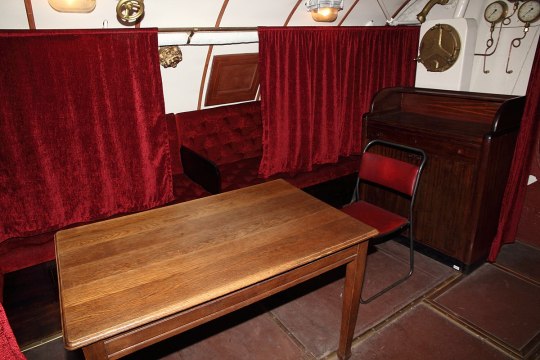
Neighboring the living room of the officer is the control room. It contains the steering wheel, a periscope, a desk with a map of the waters, the radio room, the galley (the kitchen) of the ship as well as numerous other devices and objects. Notable is that the water sink has two water taps, a sign that the ship was built in Britain.

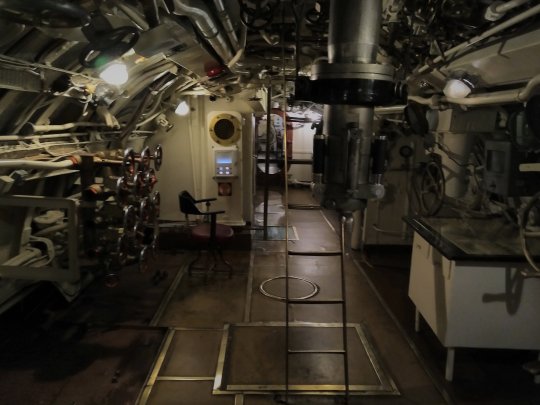

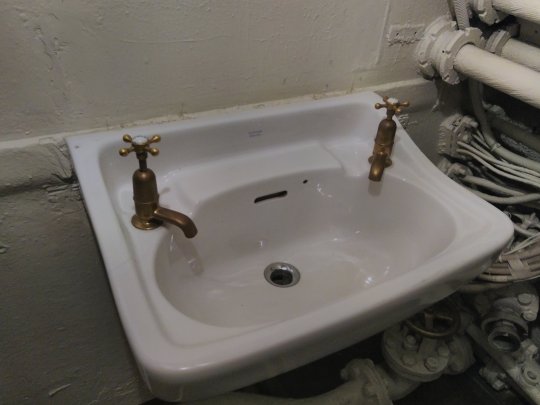
The two photos on the top show the control room seen coming from the bow, whereas the third photo shows the view coming from the opposite side, where the engine room is located. The submarine has two diesel and two electric engines onboard and could stay underwater for about a day at a maximum depth of 90 m (295 ft).
While surfaced, it could endure up to 28 days away from coasts or support ships and its range was 2,800 nautical miles (5185.6 km/3222.2 miles) surfaced and 90 nautical miles (166.7 km/103.6 miles) submerged. These lengths were however significantly reduced if going at maximum speed (8.5 knots / 15.7 km/h submerged and 13.7 knots / 25.4 km/h surfaced).
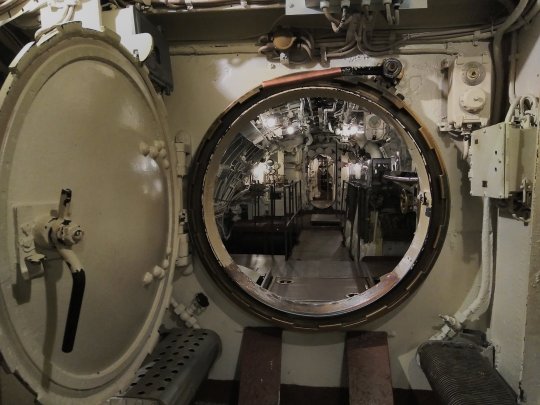

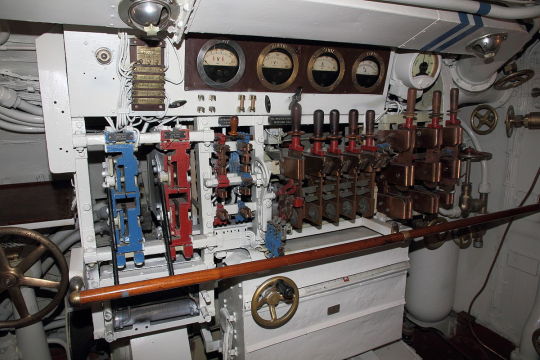

Topmost picture: The engine room, coming from the stern (the back) of the submarine. Second photo from top shows a similar view, here one of the electric engines is also clearly visible in the lower left corner. Second photo from the bottom: Controls of the electric engines. Bottommost photo: The diesel engines.
The last room had additional beds for sailors, additional devices and machinery as well as the toilet of the sailors and chests with their personal belongings.


Further reading:
Introduction on the homepage of the museum
Arto Oll: Allveelaevad Kalev ja Lembit / Submarines Kalev and Lembit (2019)
Arto Oll: Kalev ja Lembit. Eesti allveelaevade lugu (2017)
Uboat.net: Allied Warships of WW II, Lembit
Image sources:
Black/white photos: Unknown author, Public Domain, via Wikimedia Commons
Color photos: Photos released into the public domain by Wikimedia Commons user MKFI (interior photo of the museum, torpedo room overview, saloon, diesel engines and controls of the electric engines) and photos taken by the author.
2 notes
·
View notes
Photo

Here in Tallinn, the capital of Estonia🇪🇪, I really want to recommend the 'Lennusadam' or Seaplane Harbor; which is an old 8000sqm hangar for seaplanes repurposed as a museum for everything that has to do with water in Estonia. You can see historic rowing boats & boys, a WW1 seaplane hanging on the ceiling, as well as flak arms, that were used to protect Tallinn harbor in WW2. The star of the show is obviously the 1936 submarine 'Lembit' which can even be walked inside through its whole length; including torpedo bows, crew quarters, engine rooms and bridge. Totally fascinating! 😳🤟 There's also a flight simulator and a pool where people can sail miniature ships.Outside there are several ships moored to be viewed as well, like an early ice breaker. Don't miss this place when visiting Tallinn 😊👌 -- #Estonia #Estland #estland🇪🇪 #estonia🇪🇪 #estônia #Tallinn #Tallinngram #TallinnCity #TallinnEstonia #Lennusadam #lennusadamseaplaneharbour #lennusadammuseum #seaplaneharbour #Seaplane #Submarine #Lembit #Hangar #UBoot #UBootMuseum #UBoat #uboatsofinstagram #SubmarinesOfInstagram #Estonia2021 #Tallinn2021 (at Seaplane Harbour) https://www.instagram.com/p/CQ8CC7cp9Uj/?utm_medium=tumblr
#estonia#estland#estland🇪🇪#estonia🇪🇪#estônia#tallinn#tallinngram#tallinncity#tallinnestonia#lennusadam#lennusadamseaplaneharbour#lennusadammuseum#seaplaneharbour#seaplane#submarine#lembit#hangar#uboot#ubootmuseum#uboat#uboatsofinstagram#submarinesofinstagram#estonia2021#tallinn2021
0 notes
Photo

Old cannon at the Lennusadam museum area in Tallinn, Estonia. The republic of Estonia is celebrating the 100th anniversary of their independence. #EV100 Www.thetravelpictures.com #old #cannon #museum #Estonia #lennusadam #travel #sea #harbor http://ift.tt/2EJs0p3
TheTravelPictures.com
0 notes
Photo
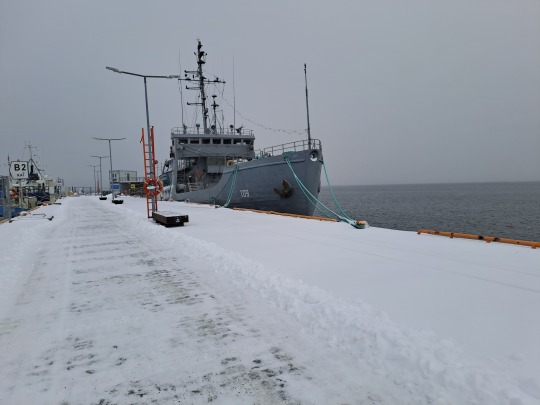
Now, Estonian Border Guard ship PVL-109 Valvas belongs to Estonian Maritime Museum, Lennusadam harbor, Tallinn, Estonia, 2022, December 6, 2022. Photo by D.P.
P.S. Quote: /The ship was built in Minnesota by the Zenith Dredge Company of Duluth. During WW II the vessel was mainly stationed in Alaska (homeport Kodiak). Her primary duty was to service the navigational aids, but she also saw service in various search and rescue operations. She could also be used as an icebreaker. Many estonian sailors who were stationed on soviet fishing ships remembered Bittersweet while sailing near the George Brown fishing territory in Alaska. Kodiak remained the ships homeport until 1964, from 1964-1976 USCGC Bittersweet was stationed in Ketchikan and later on Woods Hole, Massachusetts. The ship was fully renovated in 1976-1978 and again in 1991.It is worthy of mentioning that in 1990 the ship aided the passanger ship Regent Star. The aforementioned ship struck the lowlands and because of that Bittersweet rescued some 882 people. On the same year Bittersweet also assisted the rescue of 682 people from the passanger ship Bermuda Star(..) Source: museumships.us
#Estonia#PVL-109 Valvas#ship#original photography on tumblr#Estonian Border Guard#road trip#Tallinn#Lennusadam harbor#estonian maritime museum#museum#Baltic States#Northern Europe#USA#Allies#NATO#USCGC Bittersweet#Baltic Sea#Alaska#WWII
4 notes
·
View notes
Photo

Недавно я посетил Таллиннскую Летную Гавань(Lennusadam). Очень рекомендую всем любителям кораблей и авиации)
0 notes